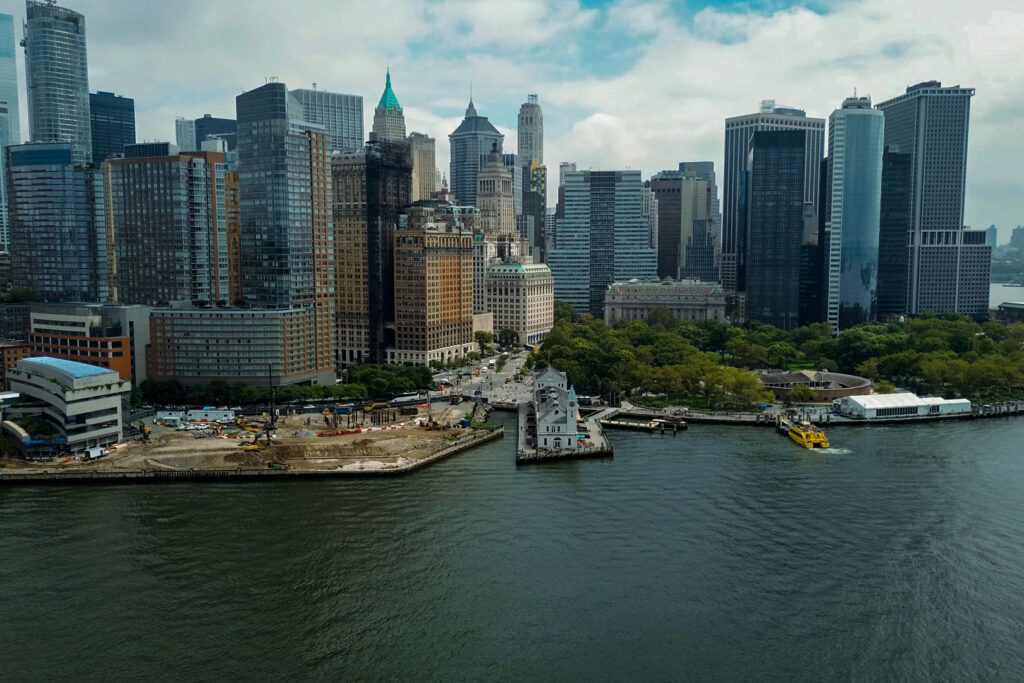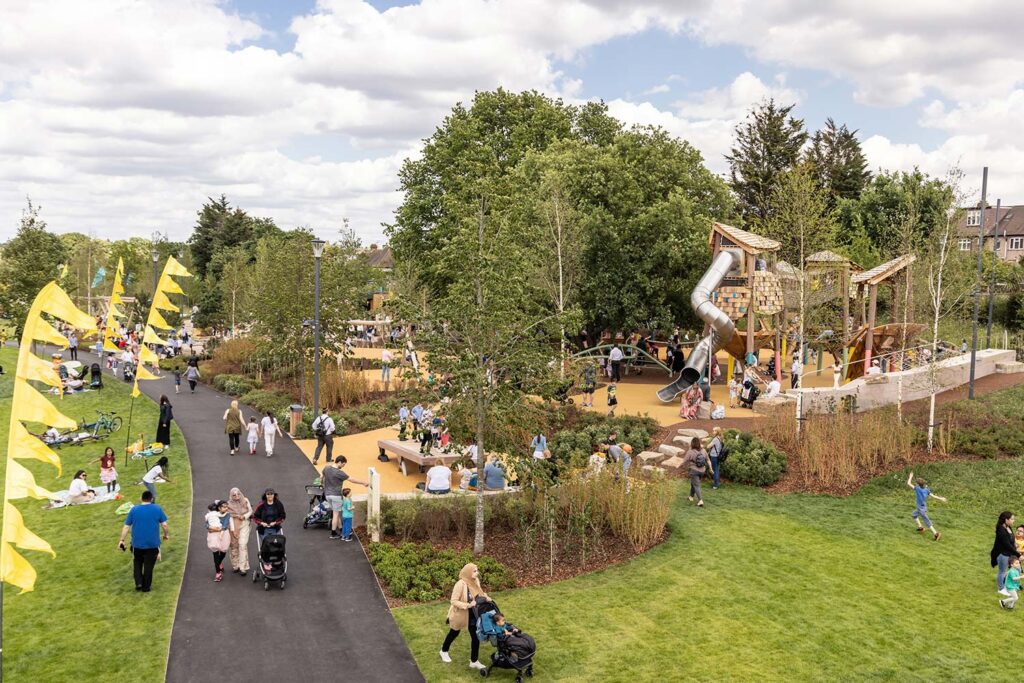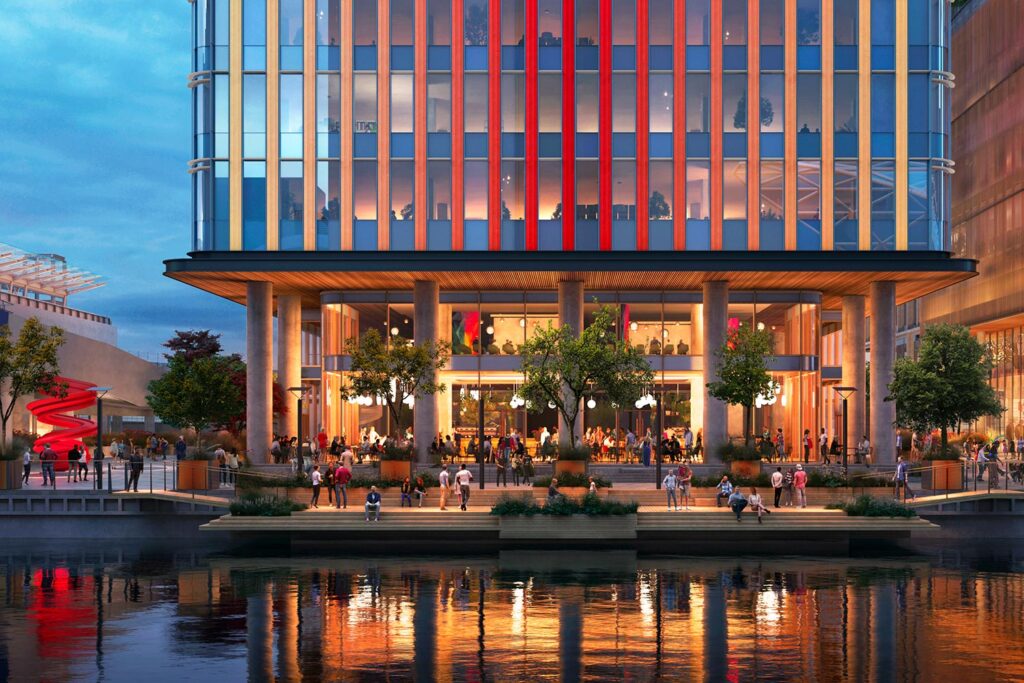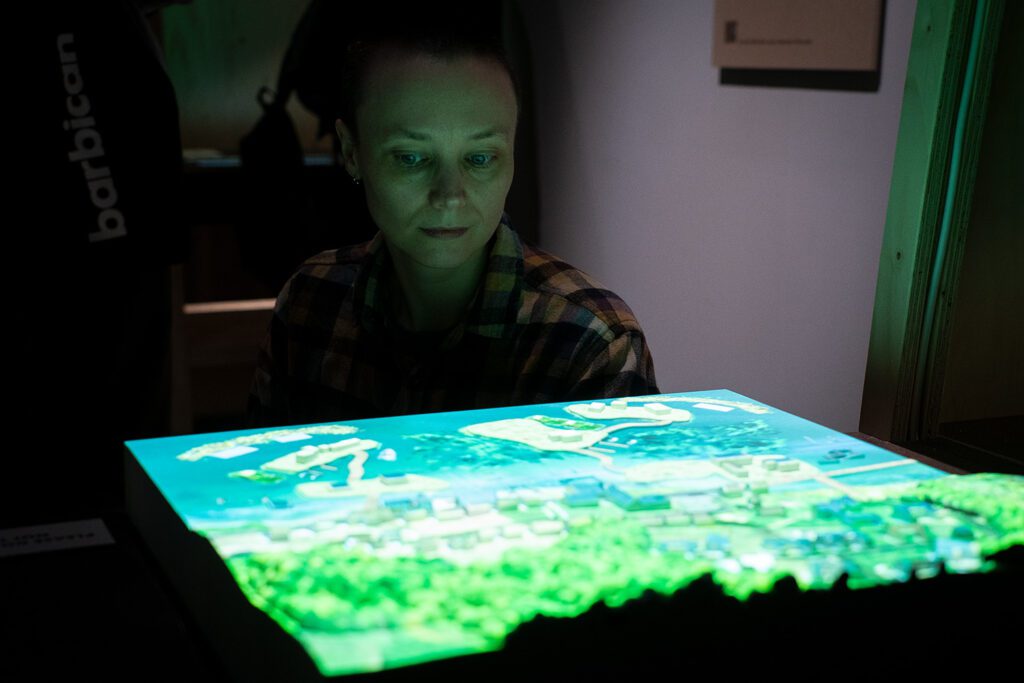
Our Time on Earth: The Symbiocene
Global
Project details
Client
The Barbican
Collaborator
Julia Watson, War Khasi, Ma’dan, Subak
Duration
2021
Services provided by Buro Happold
Bridge engineering and civil structures, , Structural engineering, Sustainability, Water
Our Time on Earth is an immersive exploration of radical ideas for the way we live. The exhibition aims to reclaim the understanding that humans belong to an incredible ecosystem, one we cannot afford to lose.
It aims to inspire awe and wonder for our planet; explore the role technology has to play in deepening our understanding and connection to the natural world; and examine the possibilities from multiple global perspectives. Our Time on Earth is a story of our future, a future in which humans reconnect with all other species and indigenous insight.
Working with designer Julia Watson, author of Lo-TEK: Design by Radical Indigenism, Smith Mordak and a team at Buro Happold were commissioned to contribute to this major exhibition, which first opened at The Barbican in London.
Challenge
Urban areas are growing. They are already complex and as they grow, this complexity is likely to increase. At the same time, they face a myriad of challenges, not least mitigating and adapting to climate change. Without management, the impacts of climate change will also worsen and deepen the complexity of many other challenges.
A relative few have contributed most to climate change, typically these are western, colonial powers. Yet, those who have contributed least are most adversely affected. Not only as a direct result of their vulnerability to physical impacts, but also a result of their dependence on local biological diversity, ecosystem services and cultural landscapes as a source of sustenance and well-being.
Western-led solutions to the climate emergency continue to focus on future orientated, colonial technologies. Indigenous peoples’ hundreds, or thousands of years of traditional ecological wisdom is too often considered primitive and ignored. While many of these western, colonial technologies have contributed significantly to climate and ecological breakdown, forgotten – but not lost – indigenous technologies have been working in partnership with ecosystems.
These lesser-known traditional ecological technologies and the knowledge that underpins them could offer a new path to generate sustainable, climate resilient infrastructure. However, while unmitigated climate change poses a growing threat to the survival of indigenous peoples, more often than not they also continue to be excluded from the global processes of decision and policymaking.

Solution
Working with Julia Watson, a landscape architect specialising in the intersection between design and radical indigenism, Buro Happold collaborated to produce an installation titled ‘Symbiocene’. The Symbiocene sought to demonstrate how urban environments could be reimagined and benefit from incorporating traditional ecological technologies in response to the challenges posed by climate change.
The installation was created through an iterative series of exchanges with members of the Khasis community in the north-eastern Indian state of Meghalaya, the Subak community of farmers in Bali, and the Ma’dan community of southern Iraq.
The team first sought to learn from the Khasis, Ma’dan and Subak. Building an understanding of their world view and of a particular technology used in their community: living root bridges of the Khasi, floating reed islands of the Ma’dan and water management systems of the Subak rice terraces. With this understanding, the team developed a series of propositions as to how learnings from the traditional ecological technologies could be applied to solve the challenges many cities are facing.
These propositions were tested and refined with input from Julia and the three communities.
To communicate the propositions, Buro Happold lead the production of installation materials, including 3D printed models with diagrams and images projected and mapped on to them to show the dynamic, living systems. The models were supported by videos produced by the Khasi, documenting the engagement.


Value
The outcomes of the process demonstrate how traditional ecological technologies could be integrated into cities to tackle the health implications of rising outdoor temperatures, of relocating coastal communities and infrastructure, and to address water resource scarcity in cities.
The installation demonstrates to visitors the value and potential of traditional, ecological wisdom. It conveys the possibility and importance of involving indigenous communities in decision and policymaking. It further demonstrates how practitioners can learn from and apply traditional, ecological knowledge in different contexts on their projects.
Critically, associated with this, Buro Happold worked with Julia Watson, lawyer Mark Molle, and the three communities to develop a new legal innovation; a smart oath of understanding. This is a spoken word contract between us, Buro Happold, and the communities which promises benefit sharing and reparations for any future use of technologies that emerge from this project. This seeks to set an aspirational precedent of how the intellectual property rights of indigenous communities should be recognised in the future.
